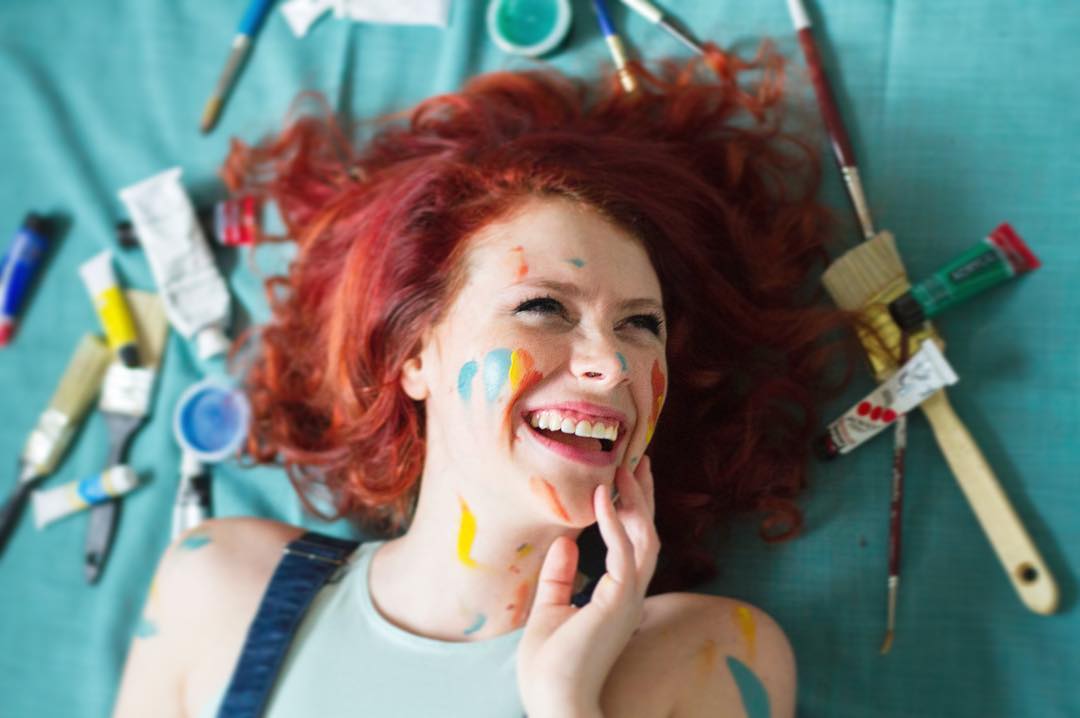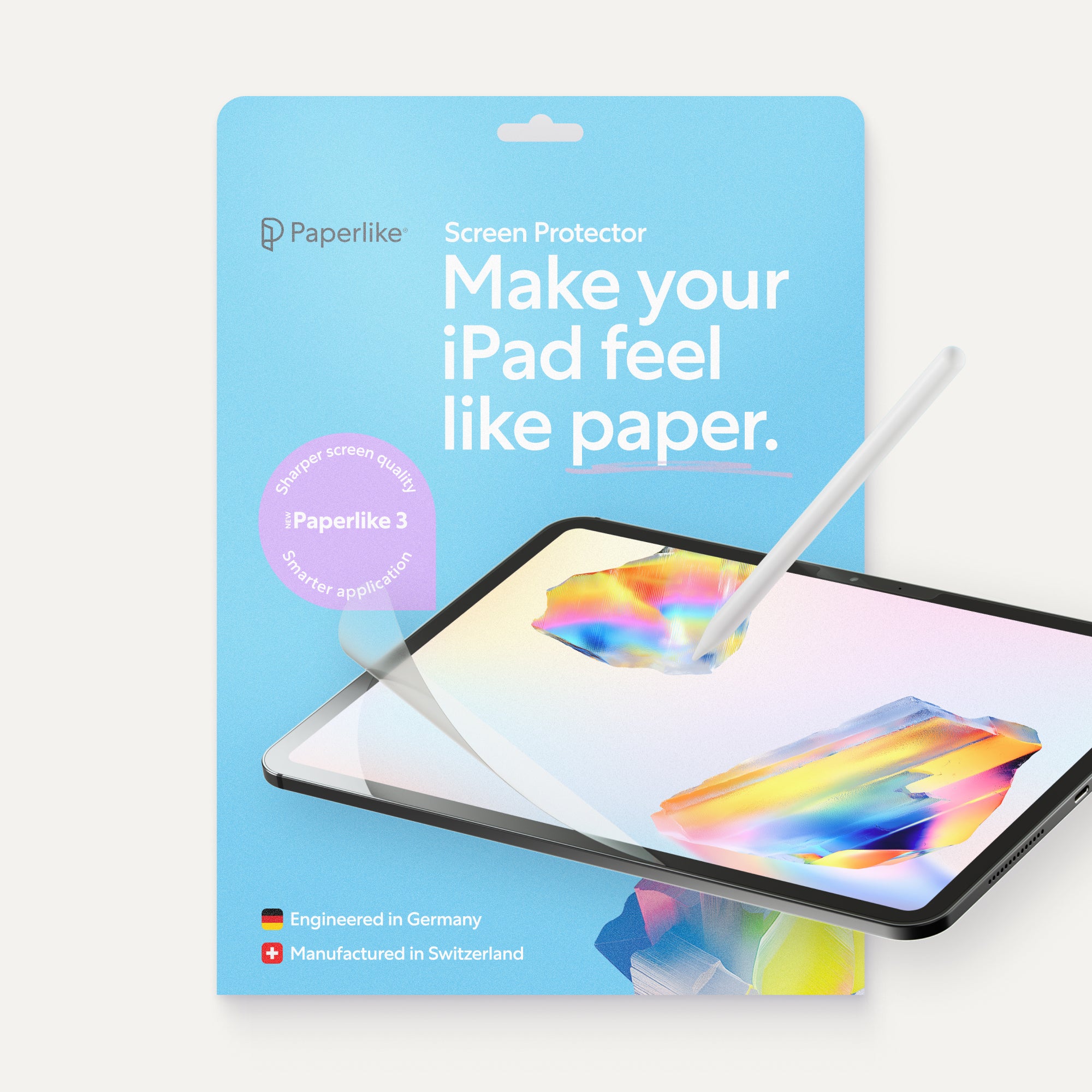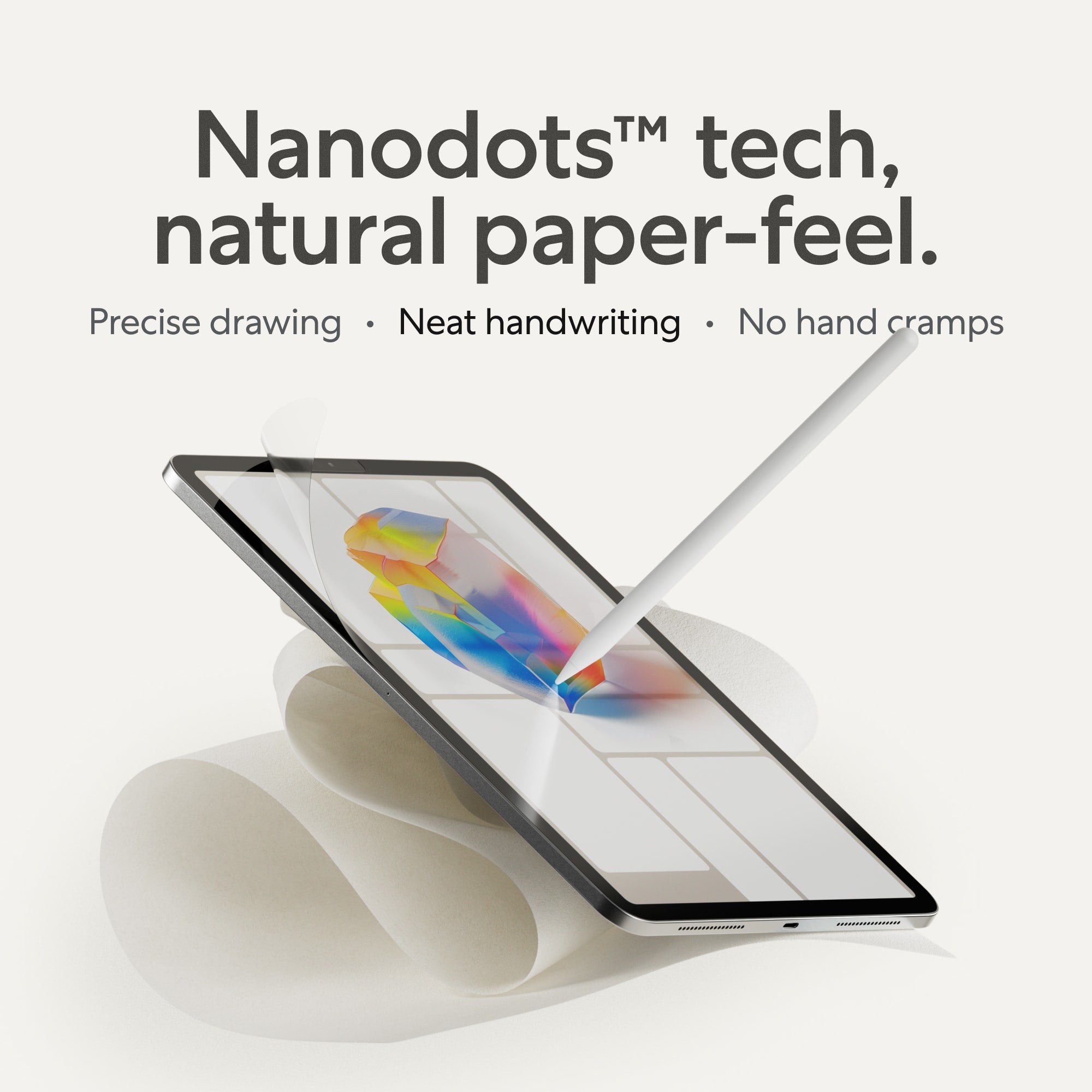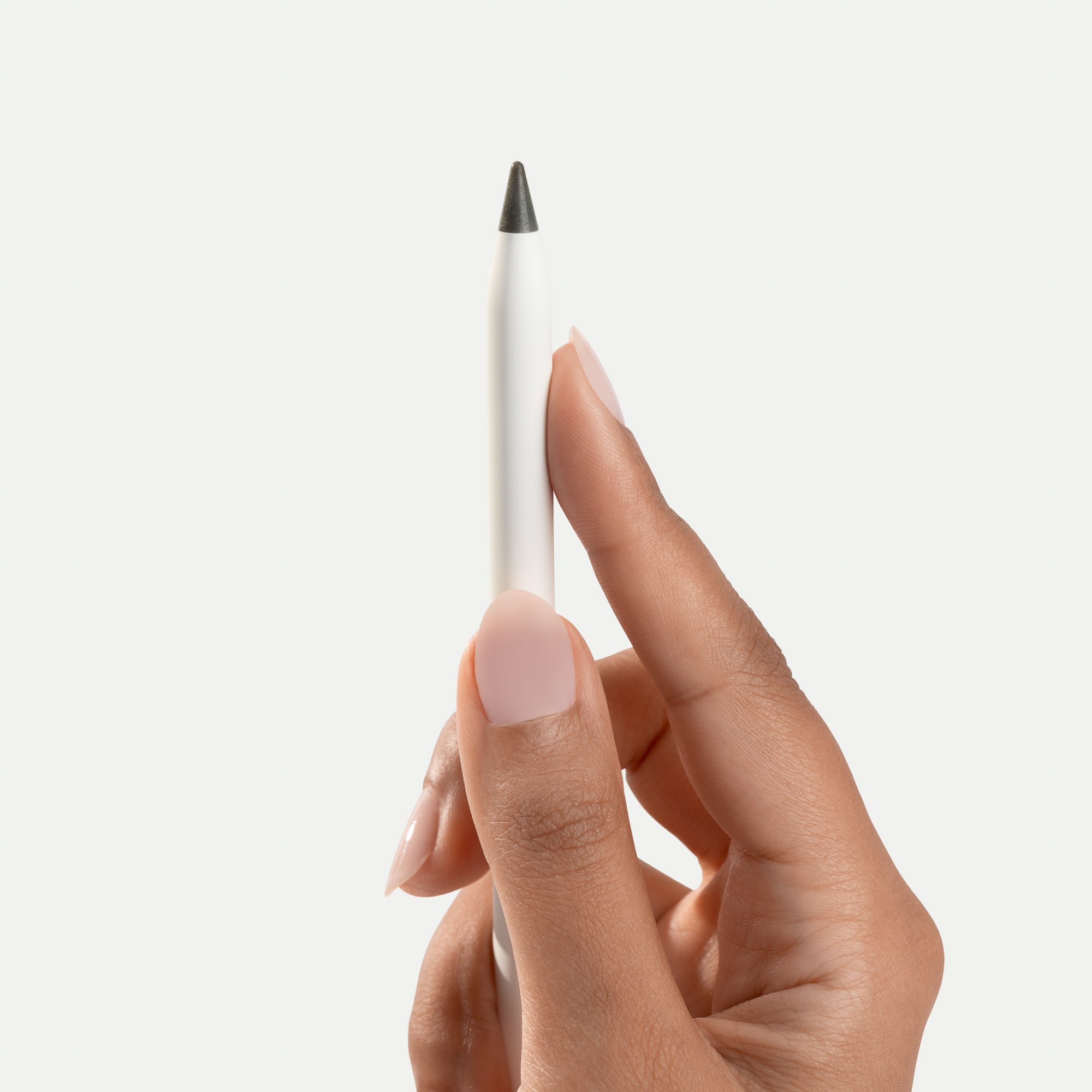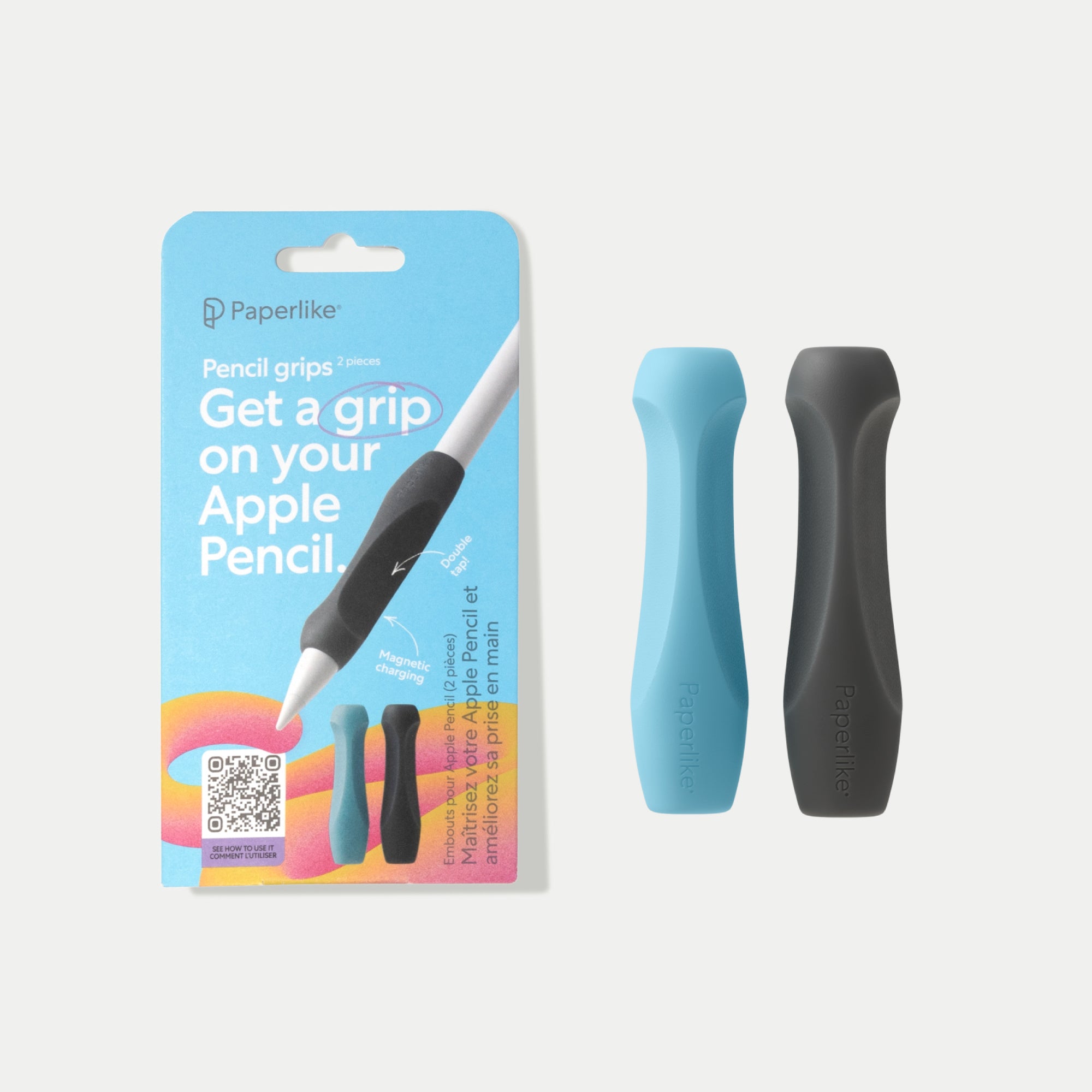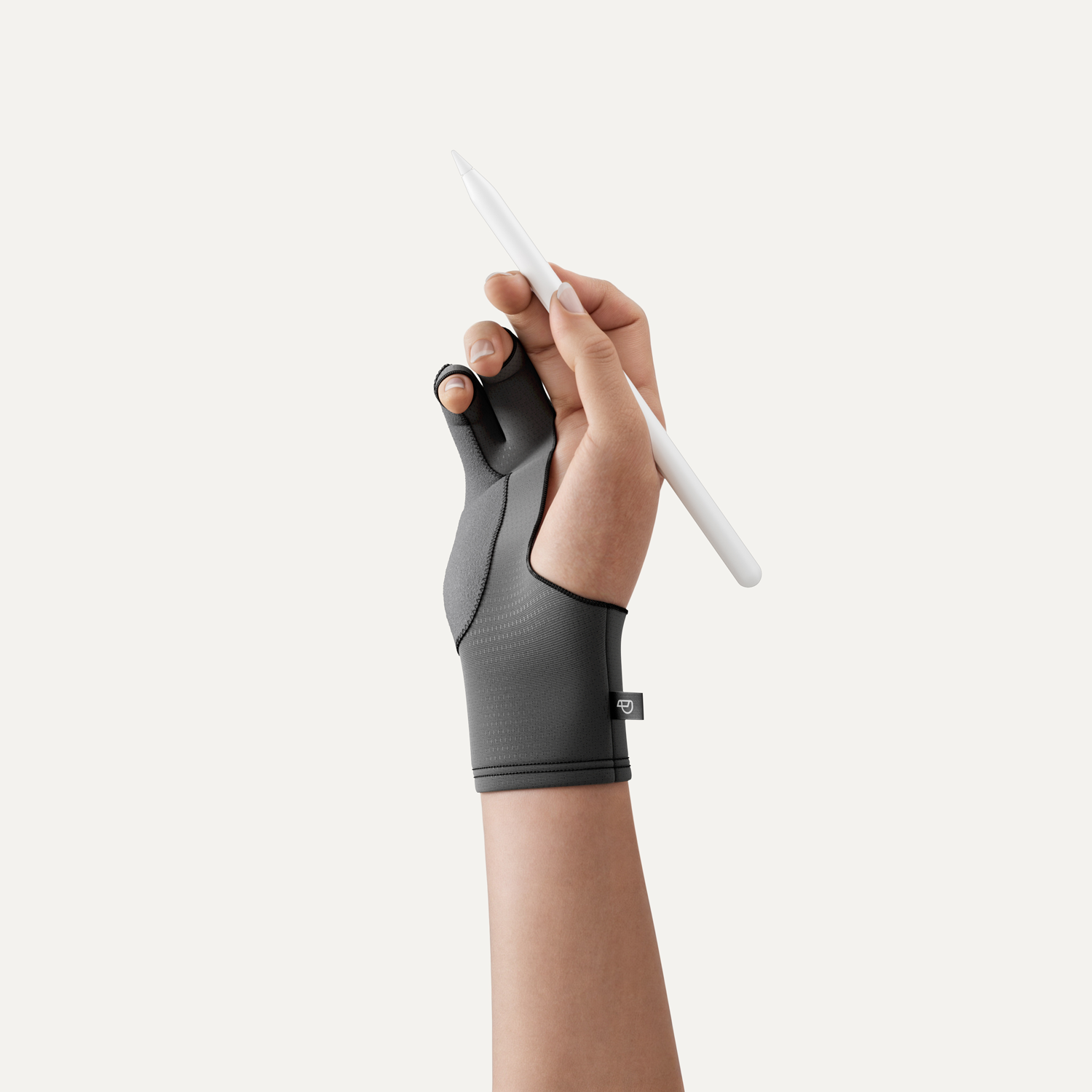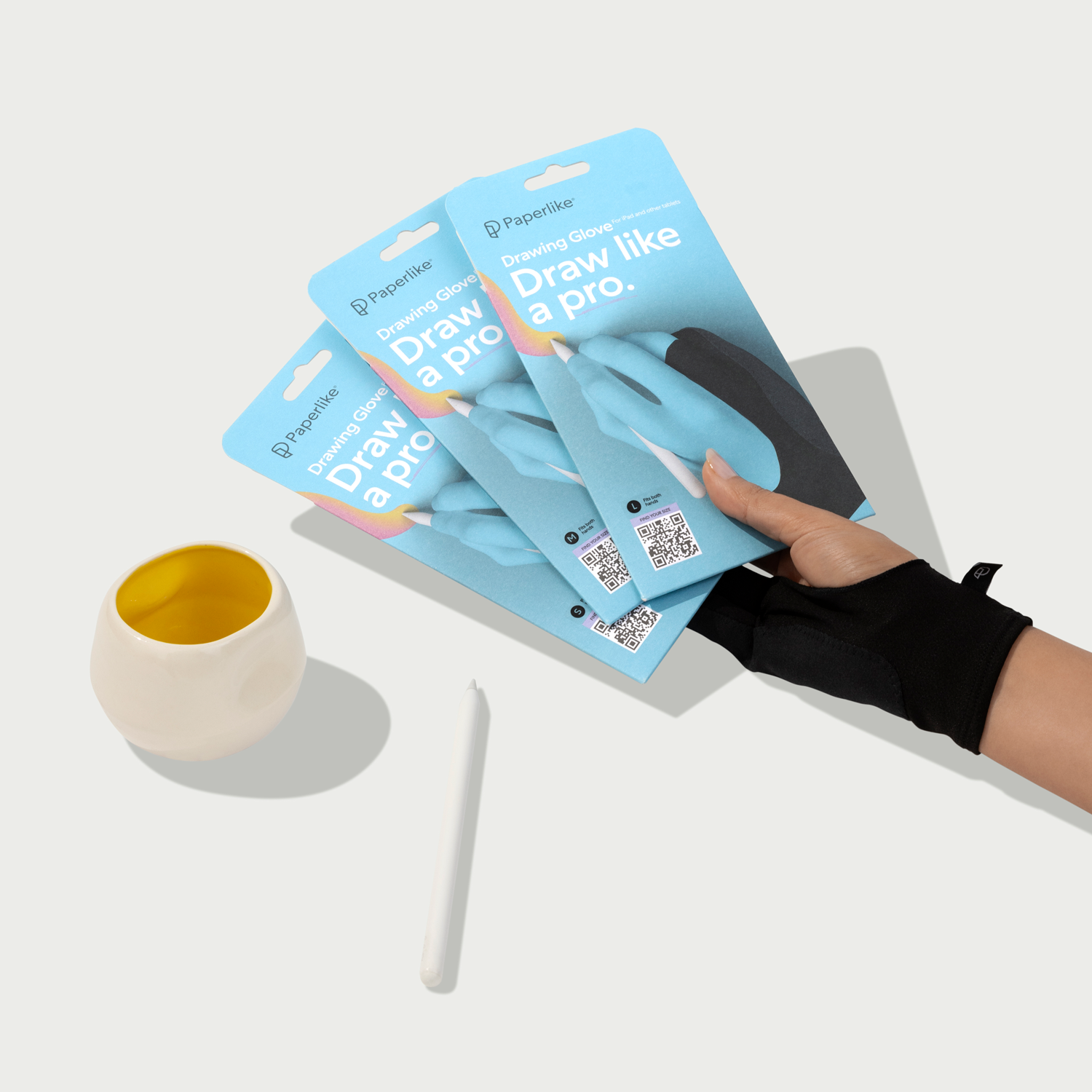Tiffani J. Smith (@tiffanijsmithdraws) doesn’t have the portfolio you might expect from a full-time English teacher.
A former kids fashion designer, Tiffani’s body of creative work has nothing to do with novels, short stories, or language studies. She keeps the English arts in the classroom.
Instead, Tiffani spends her evening hours illustrating character portraits and children’s books. Her portfolio is filled with a selection of diverse and colorful characters that resonate with her views on life, art, and everything in between.
But, for Tiffani, it all comes back to one thing at the end of the day: Kids.

The Devil Wears Prada? It’s a Real Thing.
Tiffani originally attended Morgan State University in Baltimore for a degree in fine art with an emphasis in graphic design. From there, she headed into the fashion industry as a production assistant at a high-end design company. Unfortunately, it wasn’t quite what she was expecting.
Tiffani explained: “After being a production assistant for a few years, I realized, ‘Okay, I’m not a graphic designer yet. Why hasn’t it happened yet? When you come out of undergrad, you think it’s going to happen right away. And much to my chagrin, it didn’t happen that quickly. You have to really put yourself out there. Sometimes, you’re going to have to do some intern-like work that you do not like in order to even get your foot in the door.”
But — as Tiffani was quick to point out — even when you take all the right steps, it can take years to get noticed and move up the ranks. She eventually managed to get her portfolio in front of the right person and started to design children’s apparel before moving onto a sock company and creating additional designs there.
Still, it was a grind. Between moving up in the ranks, churning out designs, and dealing with the stereotypical fashion personas in the industry, Tiffani found herself wondering how long she would last.
“The fashion world can be a little brutal,” she said. “The Devil Wears Prada is a real thing.”
On top of everything else, Tiffani felt like something was missing from her career. Though she was designing for kids, she wasn’t really working with them — something that she really wanted to do.
“I really liked working with kids. I was a tutor when I was in college. I figured that maybe there was a way for me to marry art and education,” she said.
Stressed from the demands of the fashion industry and wanting a change for the better, Tiffani did something that many artists would hesitate to do: She left the fashion industry behind, put down her pen, and went back to school.

Breaking Into Teaching and Digital Art
After breaking away from fashion and design, Tiffani returned to the workforce with a master’s in teaching. A Long Island native, she relocated to Philadelphia and launched herself into a new career as an English teacher.
She didn’t pick up art again right away. Though she stayed on the fringes of the art world, she wanted to establish her career before devoting time to her hobbies. But, eventually, she started to draw, and she found herself being pulled back in after being away from her passion for a number of years.
“Once I got going, I wanted more of it,” Tiffani said. “And then I did a bunch more research on how to really get into the game.”
The problem that she ran into very early on was a lack of creative professionals who could really help her.
“I didn’t have anyone to talk to when I first started getting into children’s illustration, really, because a lot of people that you know, they’re not really in that part of the art community ,” she explained. “A lot of people that I knew were in law or entertainment but not really pencil and pen or digital art illustration or anything like that. I taught myself Illustrator. I taught myself Photoshop. And this was before YouTube. I realized that I had to fill the gap between my foundation in school and what was needed in the industry.”
Once she had the software down, Tiffani joined the digital universe. That’s when doors began to open. After posting a painting online, Tiffani connected with an artist who liked her work, was willing to talk to her, and could answer her questions.
It was a big change for her because she had never received any major praise for her personal work outside of family and friends. Once she posted her art online and received positive feedback, Tiffani started to consider it as a viable path to connect her passions.
“I thought, ‘Maybe this is for me. Maybe I can really do this,’” she said. “Once I really started building my portfolio and listened to not just my mom and my family, it was kind of like, ‘Okay, now what? What are you going to do?’”
That shift made Tiffani take a hard look at the tools that the industry was using, what it needed, and who was already out there. It led to a struggle of identity as Tiffani tried to scratch out her own niche in the art world and figure out how she fit in.
“It’s not just about putting yourself out there. How do you separate yourself from all the other talented artists out there?” she said.
Meanwhile, her rekindled relationship with art helped her bring it back into the classroom. With students, Tiffani always strives to marry her lesson plan with some kind of artistic influence.
“I always incorporate art. When you walk into my classroom, I want it to be as fun and as inspiring as possible, so there’s always things on the wall. And I want them to see that there’s art in literature,” she said.

Different Looks, Different Shapes, Different Characters
While trying to find a personal style, Tiffani found herself laying foundations for the type of artist that she wanted to be. This meant creating art using different principles of design than she had used in the past.
“There was a time where I was trying to do the Disney style of illustration,” she said, pointing out that she thought every piece of art had to be magical and fun.
Her “ah-ha” moment came when she was comparing what she was doing with everyone else and decided to play around with the different looks and different shapes of popular characters. Rather than trying to draw hyperrealistic or true-to-life portraits, Tiffani reshaped her artistic style to give her art a more unique appearance.
She thought it looked weird, at first, but then decided that she liked it and stopped caring about what everyone else thought.
She also revised her stance on research and references.
“When I draw something, I reference an idea to death,” she said.
But Tiffani also explained that it wasn’t always the case. In the past, she only used references to really “get into” the piece. As she reintroduced herself to art, however, her thoughts on research evolved.
Some of these steps were slow, and it took Tiffani years to find a style that she was happy with. But once she found it and stuck with it, opportunity came calling.

Children’s Books and the Art of Healthy Conversation
Tiffani is well-aware that illustrating a children’s book is on the bucket list for many artists and illustrators out there. In Tiffani’s case, she knew that she needed to put herself out there in a place where a children’s author might find her.
Tiffani listed herself on the Society of Children’s Book Writers and Illustrators (SCBWI) database once she decided that she wanted to pursue this kind of opportunity. She wasn’t optimistic about it because the database is organized alphabetically and her name is close to the bottom.
But that didn’t stop Pamela M. Tuck, award-winning children’s author, from finding her and requesting that Tiffani illustrate her new book, Mother of Many.
As a job, Tiffani says that illustrating children’s books is a dream come true — but it takes a lot of work. As she points out, the average children’s book is between 32 and 42 pages in length and takes most artists between six months and a year to complete. That’s a lot of artwork.
“And just think,” she said, “each page has to tell a story. It’s like doing a graphic novel, but bigger.”
The project usually starts with a few meetings with the author. Tiffani looks over the manuscript, has a conversation about things that the author does or doesn’t want, and then sets to work creating thumbnails.
Tiffani credits illustrator Vanessa Brantly Newton for teaching her to think about books like movies or television shows. That, she says, can be a challenge.
“When you’re drawing thumbnails,” Tiffani said, “you want to think, ‘Okay, how do these scenes go together? How do I say what’s not there?’”
After thumbnails, Tiffani creates sketches. She starts rough and works them into final drafts over the course of several iterations, working closely with the author along the way. Tiffani only applies color at the very end of the process.
Before she does that, she stops and sends her art to other artists for review. For Tiffani, this kind of outside feedback is critical to the completion of the piece.
“You need other art eyes to look at your work. No one exists in a bubble,” she explained.
Once other artists have provided feedback and given her the thumbs up, Tiffani starts the color work. The iPad has been a major change for her at this stage of the process. Previously, she was doing actual watercolor — a risky proposition for such a time-intensive project — and then scanning the pages and submitting everything digitally once the color process was complete. Now, she can replicate this activity digitally, a major step forward for her artistic process.
Even so, Tiffani says that creating the artwork isn’t the most difficult step in her workflow. Collaborating with the author and helping them realize their vision is definitely at the top of the list.
“The thing that becomes tough is the pull and tug of what they want versus what your vision is for their words,” she said. “So having conversations is really important.”

Finding Stories Everywhere
Outside of children’s books, Tiffani does her best to find stories everywhere. She’s also hopeful that movements like Black Lives Matter will open the door for greater diversity and for new stories to be heard.
“What I’ve noticed, especially on social media — and I want to say this with respect to everyone because I appreciate seeing more characters of color. What you don’t see are more Black artists of color drawing those people of color,” she said. “And I don’t know if that’s helping or hurting.”
In asking herself how she can push the conversation forward and contribute to that dialogue, Tiffani noted that she finds herself reaching back to stories from her past.
Tiffani says she’d really like to see that from other artists, too — a greater diversity of artists telling stories from their own childhood and their own family. Those are stories that can only be told by the artists and creatives who experienced them firsthand.

“I think that everyone needs to see a world that is diverse. There’s a story in everything,” Tiffani said. “There’s more than enough space for everyone.”
In the meantime, Tiffani plans to keep adding her own voice to the world by educating students and sharing her art. Currently, she’s working on three new children’s book projects, posting to Instagram, and waiting for the education world to kick back into gear.
You can find more of her work on Instagram. You can also pick up a copy of the award-winning book Mother of Many directly from her website.




